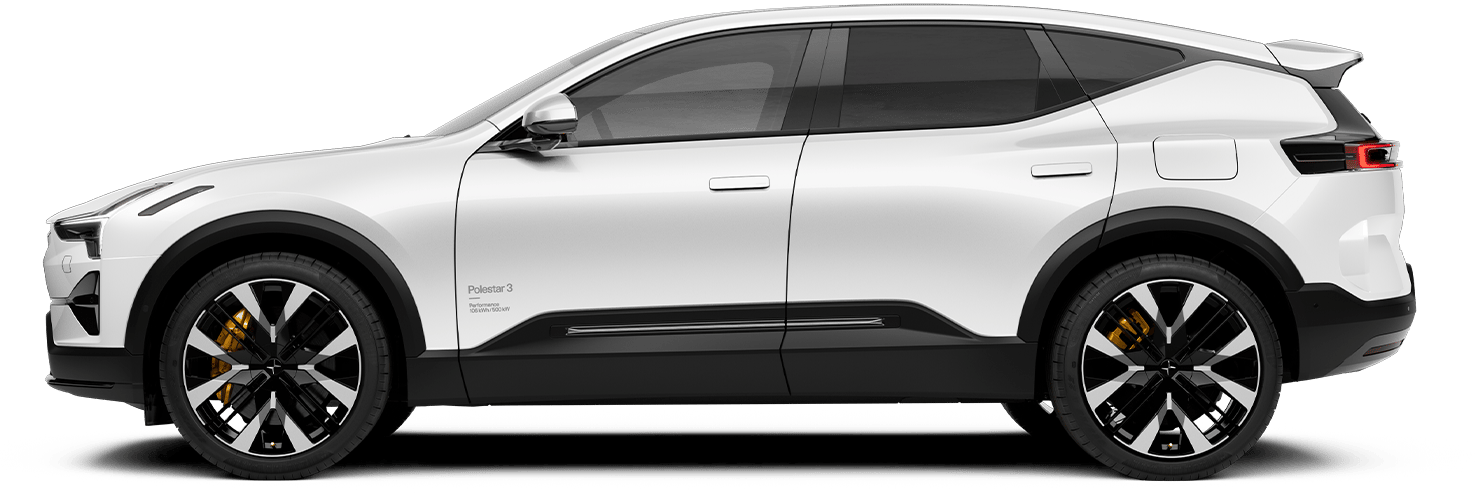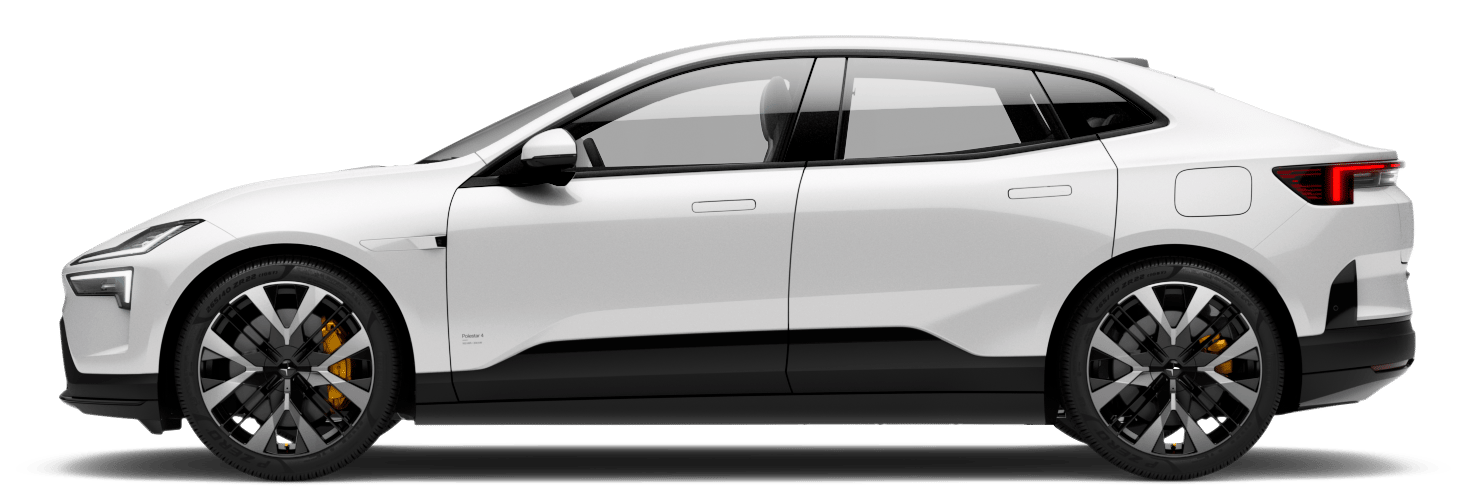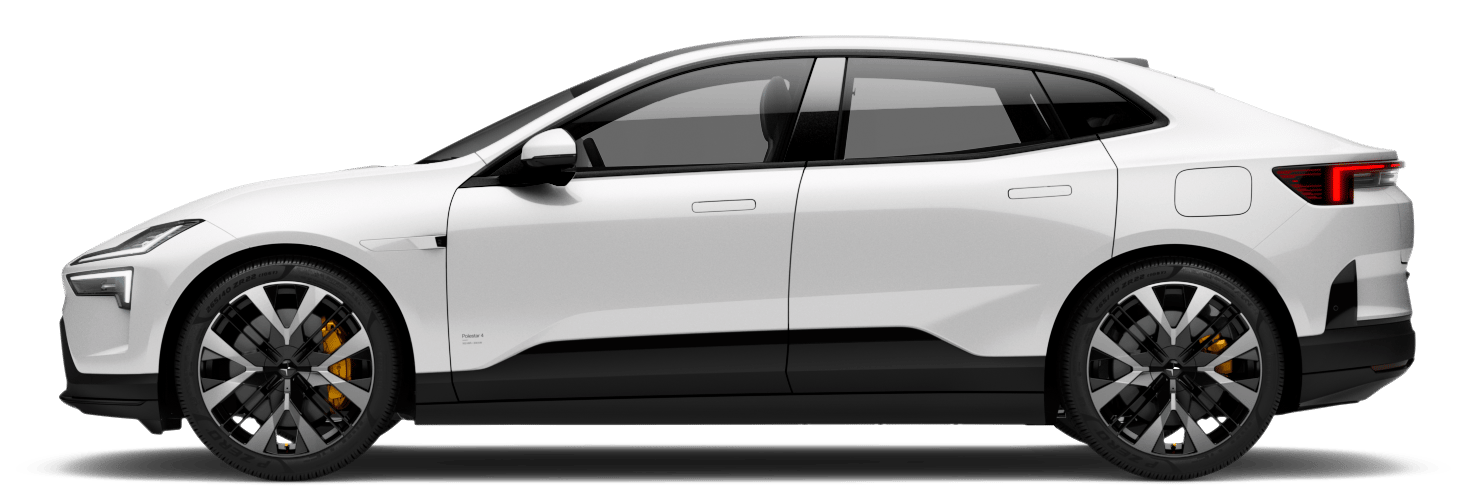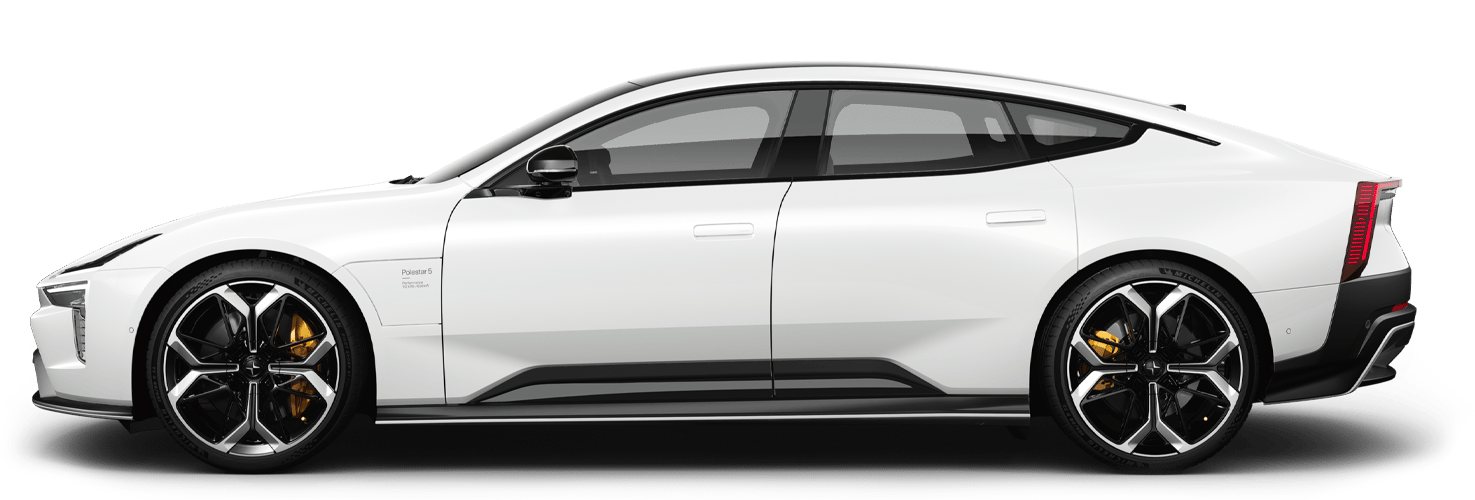Limitations for camera unit
Blocked unit
The area in front of the camera unit must be cleaned on a regular basis and kept free from decals, objects, dirt, etc. – these could disrupt the camera-based functions. This may result functions being reduced, being switched off completely or giving incorrect function responses.
High temperature
At very high temperatures the camera unit can be temporarily switched off for about 15 minutes after the engine is started so as to protect the unit's electronics. The camera unit restarts automatically when the temperature has fallen sufficiently.
Damaged windscreen
Note
- If a scratch, crack or stone chip appears on the windscreen in front of any of the "windows" for the camera unit and covers an area of approx. 0.5 × 3.0 mm (0.02 × 0.12 inches) or more, Polestar Customer Support must be contacted so that the windscreen can be replaced.
- Polestar recommends not repairing cracks, scratches or stone chips in the area in front of the camera unit – the entire windscreen should be replaced instead.
- Before replacing a windscreen, contact Polestar Customer Support to verify that the correct windscreen has been ordered and will be fitted.
- The same type of windscreen wipers or windscreen wipers approved by Polestar must be fitted when the windscreen is replaced.
- When replacing the windscreen, the camera unit must be recalibrated by a workshop in order to ensure the functionality of all of the car's camera-based systems. Contact Polestar Customer Support.
Impaired vision
The cameras have limitations similar to the human eye, that is, it may "see" worse in intense snowfall or rain, dense fog, heavy dust storms or snow flurries, for example. Under such conditions, the functions of camera-dependent systems could be significantly reduced or temporarily disengaged.
Strong oncoming light, reflections in the carriageway, snow or ice on the road surface, dirty road surfaces or unclear lane markings can also significantly reduce camera function when it is used to scan the carriageway to detect pedestrians, cyclists, large animals and other vehicles.
A bicycle rack or other accessories fitted on the rear of the car may obscure the camera's view.
Blind sectors

In the parking camera's 360° view, obstacles/objects may "vanish" in the gaps between the individual cameras.
Warning
Light conditions
The camera image is adjusted automatically according to prevailing light conditions. Because of this, the image may vary slightly in brightness and quality. Poor light conditions can result in reduced image quality.





